The vocabulary of sexual diversity and gender plurality
The following definitions come from two different documents :
- Some of them are from our Gender, identity and sexuality alliance (GISA) Guide
- Others are not in the Guide, but they are the result of a collaborative work by Chaire de recherche sur l’homophobie de l’UQAM and some other sources that you will find at the bottom of this page.
“LGBTQ+” refers to all gender and sexual diversity realities, including, but not limited to, the realities of individuals who identify as lesbian, gay, bisexual, transgender, queer, intersex, Two-Spirit, non-binary, asexual and aromantic.
Just click on this link to discover the Gender Unicorn and learn about sexual orientations, as well as identity and gender expression. You can even create your very own unicorn! 🙂
Just click on this link to discover the Gender Unicorn and learn about sexual orientations, as well as identity and gender expression. You can even create your very own unicorn! 🙂
This is the physical, sexual, emotional or romantic attraction that you may feel toward people of one or several sexes or genders. This attraction may or may not involve an intimate sexual relationship, as we can also distinguish emotional attraction from sexual attraction. It's important to note that those attractions can depend on a wide variety of factors including gender identity, gender expression, and the sex assigned at birth. All people — trans or cisgender — have a sexual orientation.
A women who is attracted to women.
A man who is attracted to men or a woman who is attracted to women
A person who is attracted to both men and women. A person who identifies as bisexual does not necessarily believe that gender is only male or female, and may also be attracted to a person whose gender is fluid, neutral or other.
A person who is figuring out their orientation or gender
Gender identity is one’s personal sense of being man or a woman, neither of these, both, or another gender. Everyone — regardless of the sexual orientation — has a gender identity, even you. For transgender people, their sex assigned at birth and their own experience of gender identity are not the same.
This is the way you physically and socially express your gender identity through your appearance or behaviour. You can express it through your clothing, hairstyle, way of speaking, behaviour, etc. Most transgender people seek to make their gender expression match their gender identity, rather than their sex assigned at birth. Gender expression can be the basis for discrimination for any person whose appearance or behaviour does not conform to stereotypes of masculinity or femininity, regardless of sexual orientation or gender identity.
“Trans” is an umbrella term for people whose gender identity differs from the sex they were assigned at birth. These identities can include men and women with a trans history as well as people identifying as queer, non-binary, gender fluid, agender or Two-Spirit. The word “non-binary” used earlier is an umbrella term that groups all gender identities that do not conform to the binary system (neither exclusively man, nor exclusively woman). To understand this, it is important to also include the fact that there are not only two genders, but rather many possible genders.
Refers to a woman (or a person on the female spectrum) that has been assigned to the masculine gender at birth.
Refers to a man (or a person on the male spectrum) that has been assigned to the feminine gender at birth.
Transitioning is a complex process with multiple phases that can stretch out over time, with the goal of harmonizing the trans person’s anatomy or gender expression with their gender identity. Transition can be done socially (taking on a different pronoun, appearance, first name, clothing, etc. that matches one’s gender identity), legally (changing one’s name or sex on legal documents) or physically (hormone therapy and surgery). These different aspects of transitioning are independent of one another. For example, a person may transition socially without any medical intervention.
The term queer, originally meaning “strange, odd” and used pejoratively in English, has been reclaimed by the LGBTQ+ communities as a symbol of self-determination and freedom. It refers to any idea, practice, person or identity that offers other ways of being than the heteronormative or cisnormative social models. The word “queer” can also be used to express the refusal to be labelled based on one’s sexual orientation, gender identity or gender expression.
A cisgender person is a person whose gender identity agrees with their biology or sex assigned at birth. Since cisgender people represent the majority, their reality is often seen as the norm at the expense of transgender people who are often not taken into account.
Many people erroneously believe that physical sexual traits are binary (male or female), whether in terms of internal or external sex organs, hormone levels or sexual chromosomes. In fact this is not the case at all! This is because there is diversity not only with regard to gender and sexual orientation, but with regard to physical sexual traits as well. An intersex person is a person whose physical sexual traits do not correspond to a binary system.
Affirming your sexual orientation or gender identity or "coming out" starts with discovering and unveiling the truth to oneself. After that first step, many people start to share, in different degrees, this information with others. This affirmation happens at an important time and all throughout life with each people that one chooses to share this information with.
Heterosexism refers to affirming that heterosexuality is the only social norm acceptable, or that it's superior to other sexual orientations.
Heteronormative and cisnormative systems, contexts or models consider non-heterosexual and non-cisgender people as inferior, and under-represent them or fail to take their realities into account. If heteronormativity dictates conducts, behaviors and norms to follow concerning sexes, genders and sexual orientations, heterosexism enforces those behaviors by socially excluding, discriminating or ignoring people that don't meet these standards.
Heteronormative and cisnormative systems, contexts or models consider non-heterosexual and non-cisgender people as inferior, and under-represent them or fail to take their realities into account. If heteronormativity dictates conducts, behaviors and norms to follow concerning sexes, genders and sexual orientations, heterosexism enforces those behaviors by socially excluding, discriminating or ignoring people that don't meet these standards.
Violences that target people that don't conform to gender norms, for example boys who have female-considered characteristics or girls who have male-considered characteristics.
Manifestation of disdain,
rejection and hatred toward people, practices or
representations that are gay, lesbian, bisexual or
supposed to be.
A combination of homophobia and
sexism against women.
Manifestations of disdain, rejection and
hatred directed toward bisexual people.
The feeling of guilt, shame or self-hatred that is caused by your own attraction towards a same-gendered person or by your own gender identity. This feeling is often associated and coming from heterosexism and cisnormativity.
A discriminatory attitude based on sex.
Manifestations of
disdain, rejection and hatred directed
toward trans people
The term intersectionality describes overlapping
forms of domination [...] (Crenshaw, 1989). This definition
refers to the situation of people experiencing
several forms of oppression founded on categories
such as sex, gender, class, race, ethnicity, age, disability
and sexual orientation.
Sources :
Glossaire de l’Association canadienne de psychiatrie
Santé mentale au Québec : Identités et orientations sexuelles
Lexique de la Coalition des familles LGBT (PDF)
Lexique LGBT sur la diversité sexuelle et de genre en milieu de travail (PDF)
Trans Student Educational Resources – The Gender Unicorn

